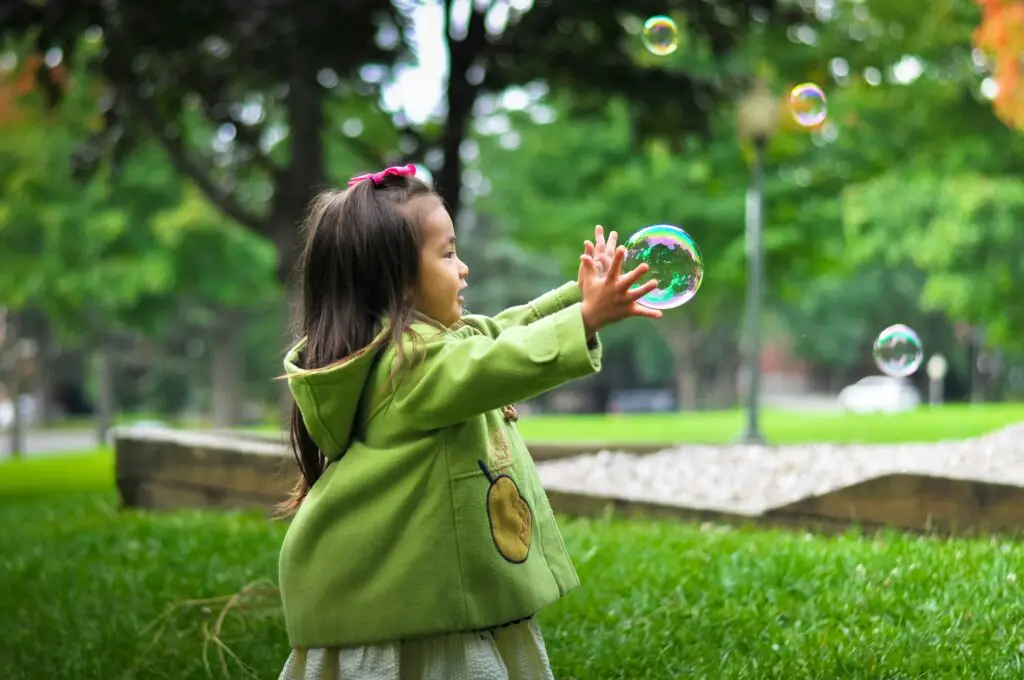Play therapy stands out as a beacon of hope and healing in child wellness. This therapeutic approach, deeply rooted in the principle that play is the universal language of children, offers a transformative path for expressing emotions and navigating challenges. Through the lens of play therapy benefits, we explore how this method extends beyond mere play, serving as a critical tool for emotional and psychological development. It’s a journey that allows children to articulate their innermost thoughts and feelings in a nurturing and safe environment. As we delve into the intricacies of play therapy, we uncover its potential to unlock the doors to understanding and resilience, providing a foundation for healthier, happier lives.
Table of Contents
New Approaches For Mental Wellness
Mental health treatments are quite expansive these days, meaning various therapeutic approaches have emerged to address the diverse needs of individuals. When thinking about therapy, many pictures are of an adult or teenager sitting before a therapist. However, even young children can attend and benefit from therapy. There is no age limit for therapy—a person is never too young.
For children, one particularly effective and versatile method is play therapy. Rooted in the belief that play is the natural language of children, play therapy extends its benefits to individuals of all ages, providing a unique and powerful avenue for expression, communication, and healing.
Understanding Play Therapy
Play therapy is a form of psychotherapy that utilizes play as a medium for communication and expression. Developed primarily for children, this therapeutic approach has proven to be adaptable for adolescents, adults, and even families. The core principle is grounded in the idea that play is a symbolic language that allows individuals to communicate thoughts, feelings, and experiences that may be challenging to express verbally.
The Role of the Play Therapist
A play therapist is a trained mental health professional who facilitates the therapeutic process through various play-based activities. The therapist creates a safe and supportive environment, encouraging the individual to explore and express themselves freely. The therapist observes the individual’s play, identifying themes, patterns, and potential areas of concern.
Types of Play Therapy

There are several types of play therapy, each tailored to specific therapeutic goals and populations. Some common approaches include:
Child-Centered Play Therapy (CCPT)
Developed by Virginia Axline in the mid-20th century, CCPT emphasizes the importance of allowing the child to take the lead in the therapeutic process. The therapist provides a selection of toys and materials, allowing the child to choose how they want to engage in play.
Some key principles of CCPT include unconditional positive regard. CCPT emphasizes the importance of the therapist offering unconditional positive regard for the child. This means that the therapist accepts and values the child without judgment, creating an atmosphere of trust and safety.
Additionally, unlike some other forms of therapy that may involve more direct interventions, CCPT follows a non-directive approach. The therapist allows the child to take the lead in the play sessions, allowing them to express themselves in natural ways.
Furthermore, in CCPT, the therapist provides a carefully selected array of toys and materials that allow the child to choose how they want to engage in play. This freedom to explore various play activities enables the child to express their thoughts, feelings, and experiences symbolically.
The therapist reflects the child’s emotions and experiences back to them in a non-intrusive manner. This reflection helps the child to feel understood and validated, promoting emotional growth and self-awareness. However, while the child is free to choose how to engage in play, certain limits are in place to ensure safety and maintain the therapeutic space. Of course, the therapist establishes these limits in a way that respects the child’s autonomy.
Building a trusting relationship between the therapist and the child is fundamental to the success of CCPT. Trust allows the child to feel secure in expressing themselves through play.
Narrative Play Therapy
Narrative Play Therapy focuses on storytelling and the use of imaginative play to help individuals explore and reframe their narratives. The therapist may guide the child in developing a narrative representing their experiences, emotions, or challenges.
Imaginative play is a central component of this approach. Children are encouraged to use toys, puppets, or other creative tools to act out scenarios, allowing them to externalize and explore their inner world safely and symbolically.
This approach is particularly effective in addressing trauma and fostering resilience.
Expressive Arts Therapy
Expressive Arts Therapy integrates various forms of artistic expression into the therapeutic process, such as drawing, painting, and sculpting.
This form of therapy is multimodal, meaning it incorporates a variety of artistic mediums. Clients are encouraged to explore different forms of creative expression, allowing for a holistic and integrated approach to self-discovery.
A significant aspect of expressive arts is its reliance on non-verbal forms of communication. This is particularly beneficial for individuals who may find it challenging to express themselves verbally or who have experienced trauma that is difficult to articulate.
Expressive Arts Therapy is highly adaptable and can be tailored to meet the needs of individuals across different age groups and cultural backgrounds. It can be used in individual therapy, group settings, or even in community-based interventions.
This approach benefits individuals who may find it challenging to express themselves verbally.
Benefits of Play Therapy
Play therapy provides a non-threatening space for individuals to express complex emotions, enabling them to process and understand their feelings. For those who struggle with verbal communication, play therapy offers an alternative means of expressing thoughts and experiences.
Through play, individuals can develop and practice coping strategies to manage stress, anxiety, and other challenges. Play therapy fosters the development of social skills, promoting healthier interactions and relationships.
Play therapy is particularly effective in addressing trauma, allowing individuals to revisit and make sense of distressing experiences in a controlled and supportive environment.
FAQs About Play Therapy
What age is suitable for play therapy?
Play therapy is adaptable for all ages, primarily focusing on children but also beneficial for adolescents and even adults.
How does play therapy differ from regular play?
Play therapy is structured and guided by a trained therapist to address specific emotional and psychological needs, making it therapeutic rather than just recreational.
Can play therapy help with trauma?
Yes, play therapy is particularly effective in helping individuals, especially children, process and heal from trauma in a safe and controlled environment.
Video: Play Therapy Intervention for Self-Regulation
benefits of play therapy for adults

Play therapy, typically associated with children, is gaining recognition as a practical therapeutic approach for adults as well. It offers a unique and valuable way for adults to engage in self-exploration, healing, and personal growth. By incorporating play and creativity into the therapy process, adults can tap into their inner child and access emotions, memories, and experiences that may be difficult to express through traditional talk therapy alone.
Play therapy encourages individuals to communicate, problem-solve, and express themselves nonverbally, allowing for a deeper understanding of their thoughts, feelings, and behaviors. Moreover, it provides a safe and supportive environment for adults to explore and process unresolved issues, trauma, or emotional challenges, leading to increased self-awareness, improved coping skills, and enhanced overall well-being.
Final Thoughts About Play Therapy Benefits

As we wrap up our exploration of kids play therapy benefits, it’s clear that this approach is more than just a therapeutic technique; it’s a lifeline to emotional and psychological well-being for children. Play therapy offers a unique and powerful avenue for expression, allowing children to confront and navigate their innermost fears, joys, and uncertainties in a safe and affirming space.
By harnessing the natural language of play, therapists can guide children toward healing and growth, laying the groundwork for resilience and healthy emotional development. In the end, play therapy is a testament to the profound impact of understanding and empathy in the healing process, offering a beacon of hope for children and families navigating the complexities of emotional wellness.
Disclaimer
The content on this site is for informational purposes only and is not a substitute for professional medical advice, diagnosis, or treatment. Always consult your healthcare provider before starting any new treatment or with questions about your health.
Related Reading

Androgen Replacement Therapy – 5 Key Insights for Better Health
Tips to Recover from a Botched Cosmetic Surgery



